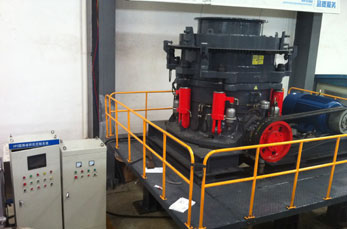 Working of Cement Making Plant: Ball Mill and SAG Mill
Working of Cement Making Plant: Ball Mill and SAG Mill
In a cement manufacturing plant, grinding is a crucial step where raw materials and clinker are reduced to fine powder. Ball Mills and Semi-Autogenous Grinding (SAG) Mills are commonly used for this purpose. Here’s how they work:
—
1. Ball Mill
# Function:
– Used for grinding raw materials (limestone, clay, iron ore) into fine powder (raw meal).
– Also used for grinding clinker with gypsum to produce cement.
# Working Principle:
– The mill consists of a rotating cylindrical shell filled with grinding media (steel balls).
– As the shell rotates, the balls lift and cascade, crushing and grinding the material.
– The ground material exits through a discharge grate.
# Key Components:
– Rotating Cylinder: Holds grinding media & material.
– Grinding Media: Steel balls of varying sizes.
– Liners: Protect the shell from wear.
– Drive System: Motor & gearbox for rotation.
– Air Separator (if closed-circuit): Classifies fine & coarse particles.
# Advantages:
– Simple operation.
– Suitable for both wet & dry grinding.
– Can grind abrasive materials.
 # Disadvantages:
# Disadvantages:
– High energy consumption.
– Noise & vibration issues.
—
2. SAG Mill (Semi-Autogenous Grinding Mill)
# Function:
– Used in some cement plants for primary grinding of raw materials or clinker.
– Combines crushing and grinding in one stage.
# Working Principle:





Leave a Reply